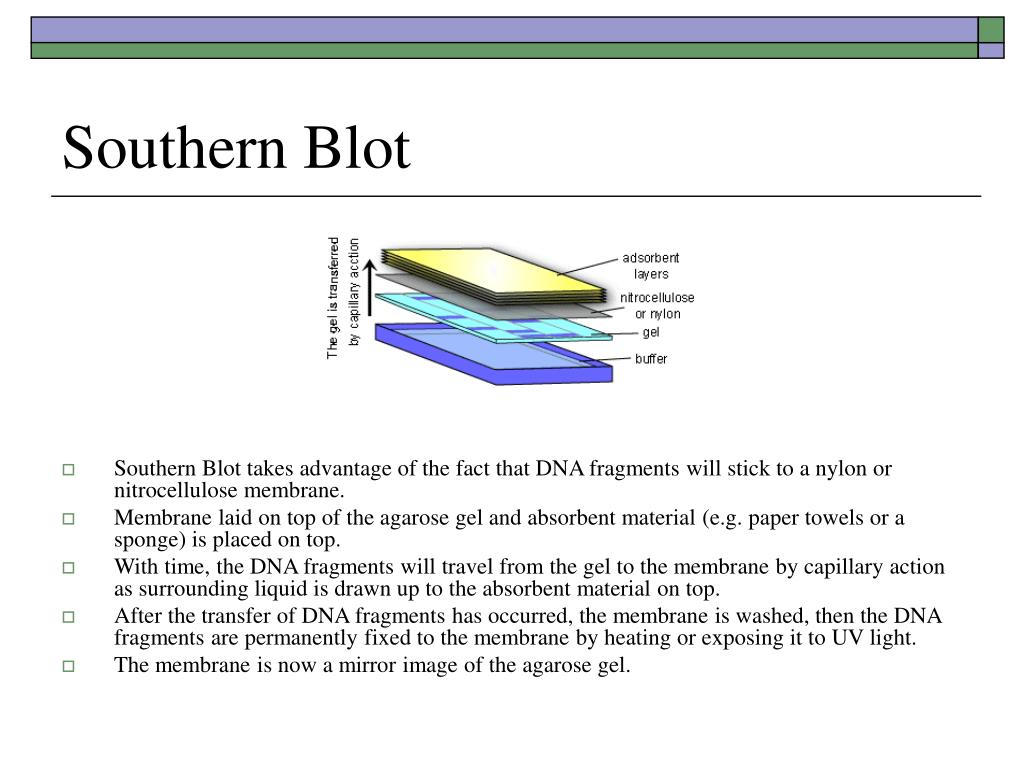

Additionally, certain rearrangements may produce very large restriction fragments, and hence the DNA may transfer poorly, causing these rearrangements to be missed. One usually sees an 8.5-kb band in addition to the usual 11- and 4-kb germline bands, which is owing to a relatively resistant EcoRI site (3,21). A common example of partial digestion is EcoRI-digested DNA hybridized with a TCRß probe. False-positive results may also arise from either a partial digestion or gene polymorphisms. False-negative results with Southern blotting usually occur because the clonal population is below the sensitivity level of Southern analysis or because of tissue-sampling error. The following guidelines are useful for interpretation of Southern blots:ġ. Abbreviations: MW = molecular weight marker Pat = patient sample.Įach rearranged gene and is likely to represent more than one clone. PCR gel and slot blot in a patient with mantle cell lymphoma, demonstrating the classic bcl1 gene (t ) rearrangement. A marked difference in intensity of the two bands implies different dosages of Fig. Two rearranged bands in a single lane hybridized with one gene probe may be a result of two coexisting clones within the same tissue or of rearrangements of both alleles for that specific gene (25). Generally, a positive result will be seen with both enzymes and is usually also positive by PCR. The intensity of the rearranged band is proportional to the percentage of clonal cells in the sample being tested. Any rearrangement of the Ig or TCR genes will appear as a band with variable intensity and a size different from the germline band. The presence of germline bands is interpreted only as a negative result.


 0 kommentar(er)
0 kommentar(er)
